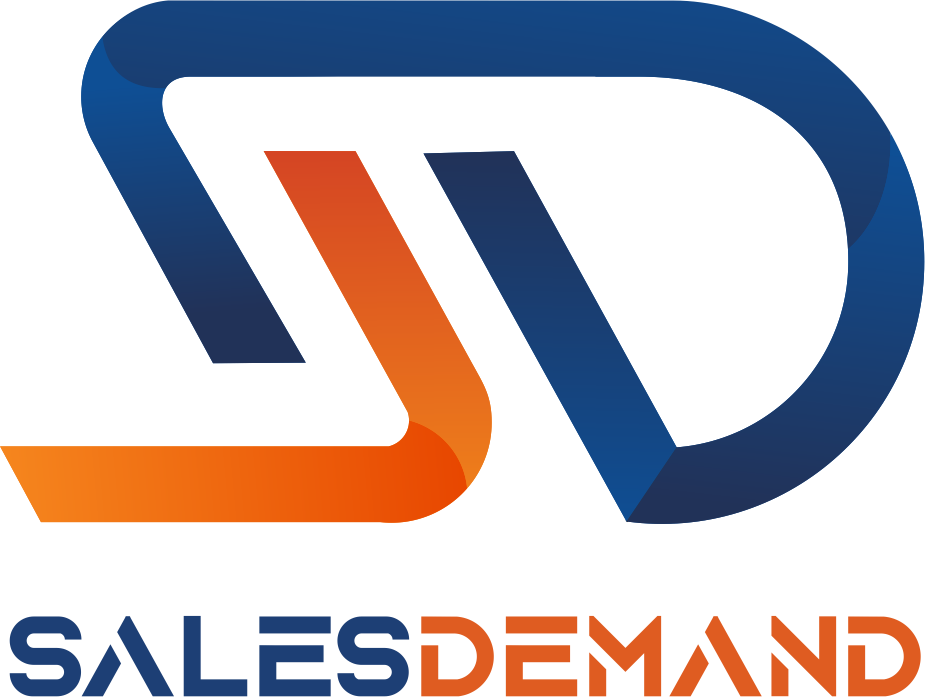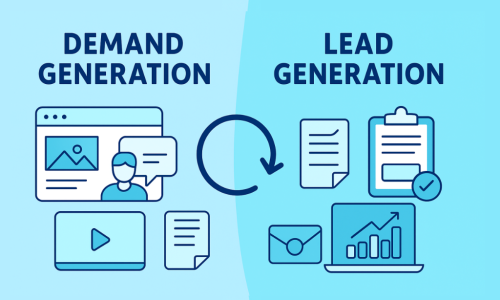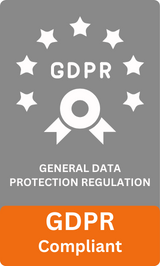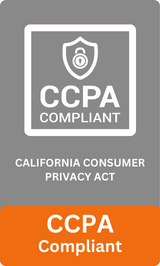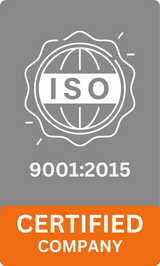
The B2B landscape has transformed drastically over the last decade. With nearly 75% of B2B buyers conducting more than half of their research online before contacting a company, it’s more important than ever to choose the right marketing approach. Understanding the dynamics of inbound vs. outbound marketing can be the key to sustainable success, whether you’re aiming for long-term growth or immediate lead acquisition.
Table of Contents
Toggle1# What is Inbound Marketing?
Inbound marketing is a strategy designed to attract customers to your products and services through the creation of relevant and helpful content. The goal is to provide value at every stage of the buyer’s journey, ultimately converting leads into customers.
Core Elements of Inbound Marketing
- Content Marketing:
Creating blogs, whitepapers, eBooks, and videos that address the pain points of potential customers. For instance, a software company might develop a guide on “Choosing the Right CRM for Your Business” to assist prospects in understanding their options. - Search Engine Optimization (SEO):
Optimizing content with relevant keywords to enhance visibility on search engines. A well-optimized blog post can rank high in search results, driving organic traffic to the company’s website. - Social Media Marketing:
Utilizing platforms like LinkedIn and Twitter to share content, engage with followers, and participate in industry discussions, thereby enhancing brand visibility and fostering community. - Email Marketing:
Nurturing leads through targeted email campaigns with personalized content and resources, building relationships with prospects over time and leading to higher conversion rates.
2# What is Outbound Marketing?
Outbound marketing involves proactively reaching out to potential customers, often through traditional advertising methods. This strategy seeks to capture the attention of prospects rather than waiting for them to find the business.
Core Elements of Outbound Marketing
- Cold Calling and Emailing:
Direct outreach to generate interest from potential leads. When executed thoughtfully with personalized messaging, these methods can still be effective. - Paid Advertising:
Utilizing pay-per-click advertising, display ads, and social media ads to target specific demographics, ensuring the message reaches the right audience. - Trade Shows and Events:
Engaging in networking and face-to-face interactions at industry events to generate leads and promote brand awareness. - Direct Mail and Print Ads:
Employing traditional outbound tactics such as direct mail and print ads, which can still be effective in certain B2B sectors.
3# Inbound vs. Outbound Marketing
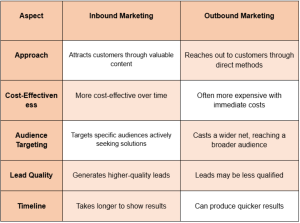
Differences Between Inbound and Outbound Marketing
4# Pros and Cons of Inbound Marketing for B2B
Pros:
- Builds Long-term Customer Relationships:
Fosters trust and loyalty by providing valuable content over time. - Increases Brand Authority:
Consistent high-quality content positions companies as industry leaders. - Provides Better ROI Over Time:
While requiring initial investment, the long-term results often outweigh the costs.
Cons:
- Requires Time and Consistent Effort:
Developing a successful strategy demands patience and ongoing commitment. - Success Relies on Content Quality and SEO:
High-quality content and effective SEO strategies are essential for attracting and converting leads.
5# Pros and Cons of Outbound Marketing for B2B
Pros:
- Delivers Quick Results:
Can generate leads rapidly, suitable for time-sensitive campaigns. - Helps Reach New Audiences:
Targets potential customers who may not be actively searching for solutions.
Cons:
- Often Costly:
Paid advertising, events, and direct outreach can be expensive. - Can Be Intrusive:
Some potential leads may view outbound tactics as disruptive, leading to negative perceptions.
6# When to Use Inbound Marketing in B2B
Ideal Scenarios:
- Targeting Long-term Growth and Engagement:
Focuses on building lasting relationships with customers.
- Building a Sustainable Lead Generation Funnel:
Creates a consistent flow of leads over time.
- Nurturing High-Quality Leads:
Engages prospects already interested in the product or service.
7# When to Use Outbound Marketing in B2B
Ideal Scenarios:
- Looking for Immediate Lead Generation:
Effective for businesses needing quick results.
- Launching New Products or Services:
Creates immediate brand awareness for new offerings.
- Targeting Hard-to-Reach Decision-Makers:
Effectively reaches decision-makers who may not engage with inbound content.
8# Can Inbound and Outbound Marketing Work Together?
A hybrid approach combining both strategies can be highly effective. Many successful B2B companies leverage both inbound and outbound marketing to maximize reach and lead quality.
Examples of Combined Strategies:
- Using Outbound Ads to Promote Inbound Content:
Paid ads can drive traffic to webinars, whitepapers, or case studies. - Employing Outbound Email Campaigns:
Outbound emails can nurture leads generated through inbound efforts. - Leveraging Remarketing:
Targeting website visitors with outbound ad campaigns to re-engage potential leads.
9# Case Studies and Examples of Inbound and Outbound Marketing in B2B
Inbound Marketing Case Study: HubSpot
HubSpot utilized comprehensive content marketing strategies, offering a wealth of free resources. Their blog, webinars, and eBooks attracted a massive audience, significantly increasing their leads and customer base over the years.
Outbound Marketing Case Study: Salesforce
Salesforce effectively used outbound marketing through targeted advertising and cold outreach. Their strategic presence at industry events and aggressive ad campaigns helped them rapidly expand their market reach.
Hybrid Strategy Example: Marketo
Marketo combines inbound content strategies with outbound tactics, utilizing PPC ads to promote their resources. This approach enables them to capture a diverse audience while nurturing leads through content.
10# Tools to Power Your Strategy in 2025
Inbound Tools
- HubSpot: All-in-one inbound marketing automation.
- SEMrush / Ahrefs: SEO optimization and keyword tracking.
- Canva / Visme: Visual content creation.
- Mailchimp / Brevo: Email marketing platforms.
Outbound Tools
- Apollo.io / ZoomInfo: Prospect data and sales intelligence.
- LinkedIn Sales Navigator: Targeted outreach and lead building.
- Lemlist / Instantly: Cold email campaign automation.
- Google Ads / Meta Ads Manager: Paid ad management and retargeting.
11# SEO Tips for Better Performance in Both Models
- Target Long-Tail Keywords: E.g., “best B2B CRM for small teams.”
- Use Internal and External Linking: Improve user journey and trustworthiness.
- Focus on Page Speed and UX: Google’s algorithms reward performance.
- Refresh Content Regularly: Keep statistics, links, and insights current.
12# Choosing the Right Strategy for Your B2B Business
Selecting between inbound and outbound marketing—or integrating both—depends on your business’s unique objectives, resources, and market dynamics. Here’s a framework to guide your decision-making process:
Factors to Consider
- Budget:
Inbound marketing is typically more cost-effective in the long run, but outbound offers quick returns at a higher upfront cost. - Audience Preferences:
Determine where your audience spends their time and how they prefer to consume information. For example, C-suite executives may be more responsive to direct outreach (outbound), while mid-level managers might engage more with insightful content (inbound). - Business Goals:
If you’re focused on building a lasting brand and trust, inbound is ideal. If you’re launching a new product or entering a new market, outbound could give you the speed you need. - Sales Cycle:
For complex, longer sales cycles, inbound helps nurture leads. Outbound suits shorter sales cycles where fast decision-making is needed. - Internal Capabilities:
Evaluate whether your team has the capacity to create high-quality content (for inbound) or manage outbound campaigns and outreach effectively.
Tips for Decision-Making
- Use a Checklist: Compare goals, audience, budget, and time frame using a simple matrix or scoring system.
- Start Small and Scale: Test each strategy with a pilot campaign. Analyze results and scale the approach that delivers the best ROI.
- Monitor Key Metrics: Track conversion rates, lead quality, and cost-per-lead to determine which strategy brings sustainable growth.
Conclusion
Choosing between inbound and outbound marketing isn’t a one-size-fits-all decision. In 2025’s competitive B2B landscape, the most successful companies are those that understand when to apply each strategy—or better yet, how to combine them effectively.
While inbound marketing builds a strong foundation through trust and valuable content, outbound marketing accelerates reach and boosts awareness swiftly. The smart move? Align your marketing approach with your business goals, audience preferences, and resources to drive meaningful and sustainable growth.
FAQs
1. What is the biggest advantage of inbound marketing for B2B?
The primary benefit is its ability to build long-term relationships and trust with high-quality leads through valuable, relevant content.
2. Is outbound marketing still effective in 2025?
Yes, especially when targeting hard-to-reach decision-makers or launching a new product. The key is using personalized and strategic outreach.
3. Can small B2B businesses use outbound marketing?
Absolutely, but they should start with low-cost methods like targeted LinkedIn messages or small-scale PPC campaigns to control costs.
4. How do you measure the success of inbound marketing?
Track metrics like organic traffic, lead conversion rates, engagement time on content, and cost-per-lead over time.
5. How often should a B2B company update its inbound content?
Content should be updated quarterly or bi-annually to reflect new trends, data, and changes in customer behaviour.
6. Can AI tools help with both inbound and outbound marketing?
Definitely. AI can assist with everything from content creation and SEO optimization to personalized email campaigns and lead scoring.
I hope you find the above content helpful. For more such informative content, please visit SalesDemand.
